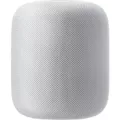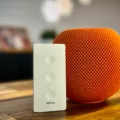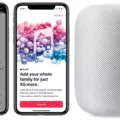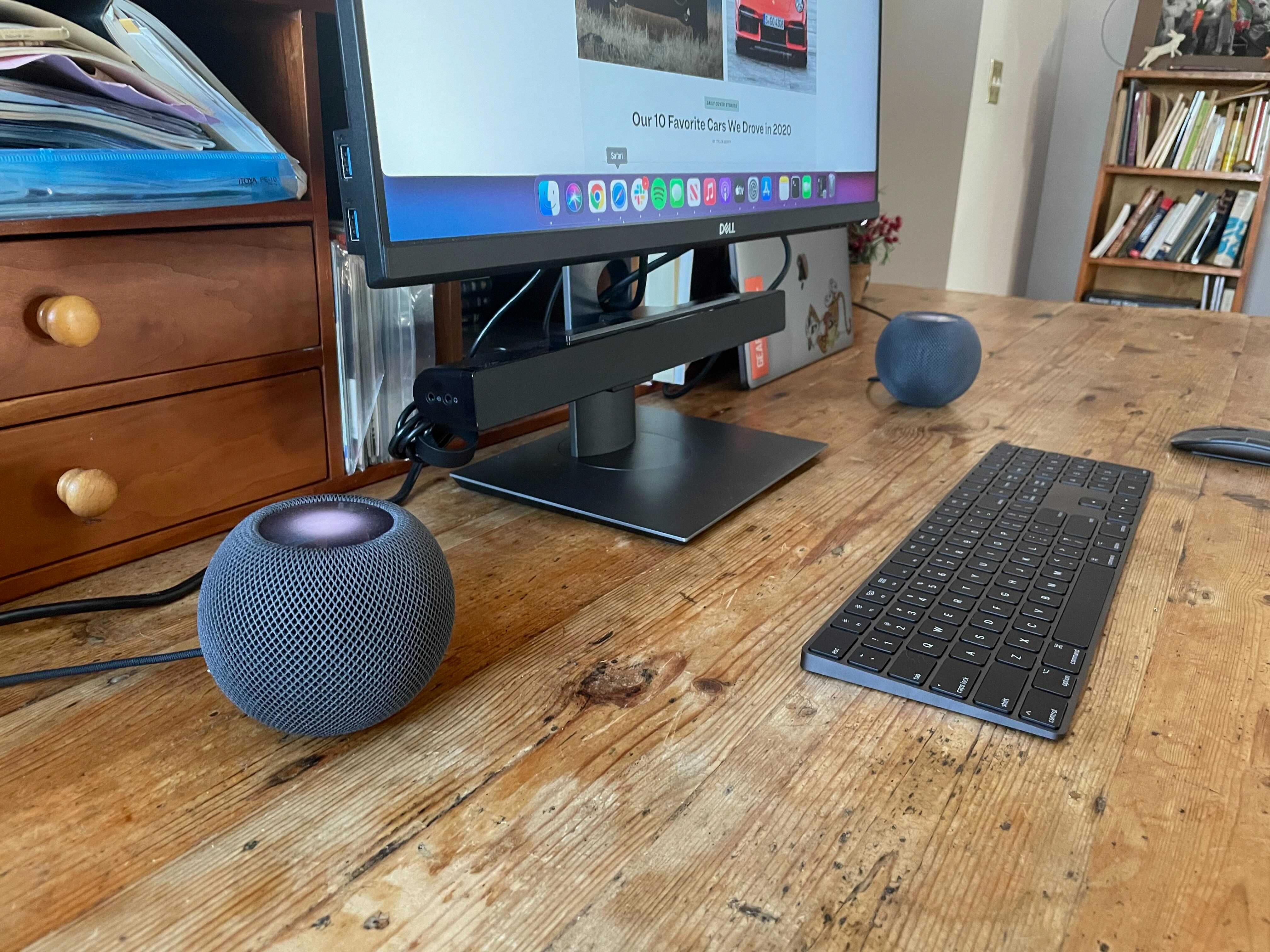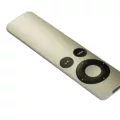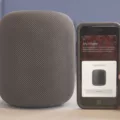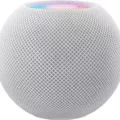Setting up your HomePod is an easy process that can be completed in a few simple steps. Whether you’re upgrading from an older model or starting fresh with a new one, this guide will help you set up your HomePod quickly and hassle-free.
First, make sure you have the latest version of iOS or iPadOS installed on your device. To do this, open the Settings app, tap General, and then Software Update. If there’s an update available, install it and restart your device.
Next, plug your HomePod into a power outlet and wait for the light on top to pulse white. Once it does, unlock your iOS or iPadOS device and hold it near the HomePod until the setup screen appears. Tap Set Up and follow the instructions on the screen. During setup, you’ll be asked to choose a room for your HomePod so Siri knows where to send music requests. You can also use AirPlay 2 to control multiple HomePods throughout your home from any compatible device.
Once setup is complete, you can start using your HomePod right away! With Siri built-in, you can ask questions like “What’s the weather today?” or get answers to simple math problems like “What’s 12 divided by 4?” You can also ask Siri to play music from services like Apple Music or Spotify just by saying something like “Hey Siri, play some rock music.”
That’s all there is to set up your new HomePod! With its powerful audio quality and helpful voice assistant capabilities built-in, it makes for a great addition to any home entertainment setup.
Connecting HomePod to Wi-Fi
To connect your HomePod to your Wi-Fi network, first, make sure that your HomePod and iPhone or iPad are on the same Wi-Fi network. If they’re not, open the Settings app on your iPhone or iPad, tap Wi-Fi, and select the same network that you want to connect your HomePod too. Once that’s done, open the Home app on your iPhone or iPad and tap HomePod. You’ll see a prompt to connect to your Wi-Fi network – just follow the steps in the app and you’ll be connected in no time!
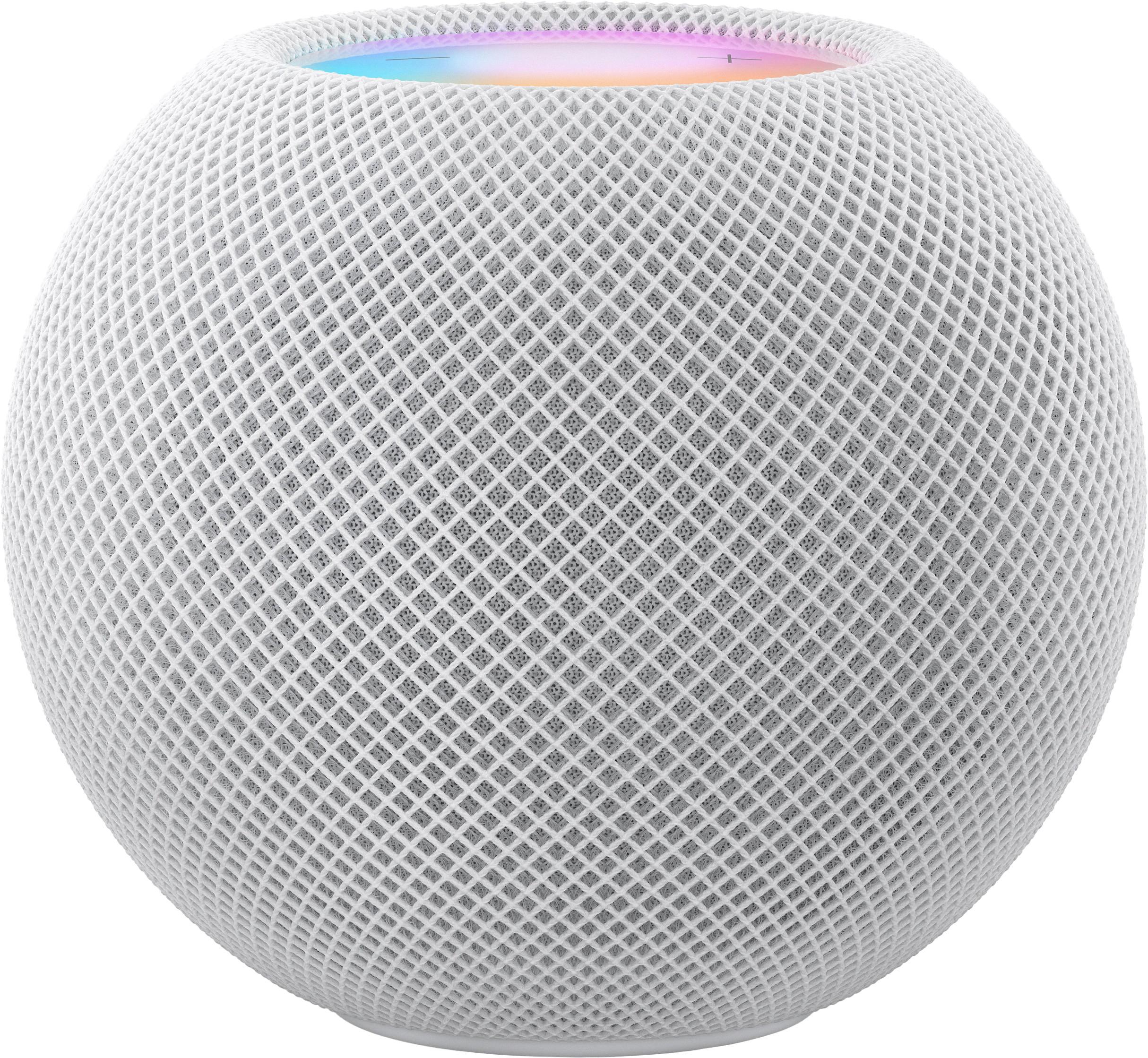
Source: bestbuy.com
Setting Up Homepods
Setting up your HomePod is easy and only takes a few steps. First, make sure your HomePod and iPhone, iPad, or iPod Touch are on the same Wi-Fi network. Then, unlock your device and hold it near the HomePod Mini. Your device should recognize the HomePod Mini; when it does, tap Setup. If it doesn’t recognize the HomePod Mini, open the Home app, tap + > Add Accessory, scan the QR code on the HomePod Mini’s base, or tap More options and follow the on-screen instructions.
Syncing HomePod to iPhone
To sync your HomePod to your iPhone, plug in the HomePod and wait until the light on top pulses white. Then, take your unlocked iOS or iPadOS device and hold it a few inches away from the HomePod until the setup screen appears. Tap ‘Set Up’ on the screen and follow the onscreen instructions. If you need any help during this process, you can refer to Apple’s support page for more detailed information.
Does HomePod Use Wi-Fi or Bluetooth?
The HomePod mini uses both Wi-Fi and Bluetooth. It is equipped with 802.11n Wi-Fi for connecting to the Internet, plus Bluetooth 5.0 for streaming music from compatible devices. It also supports low-power Thread networking technology, which is used to connect HomeKit devices such as lights, locks, and sensors. However, Thread support is limited to HomeKit devices and can’t be used to connect with non-Apple products.
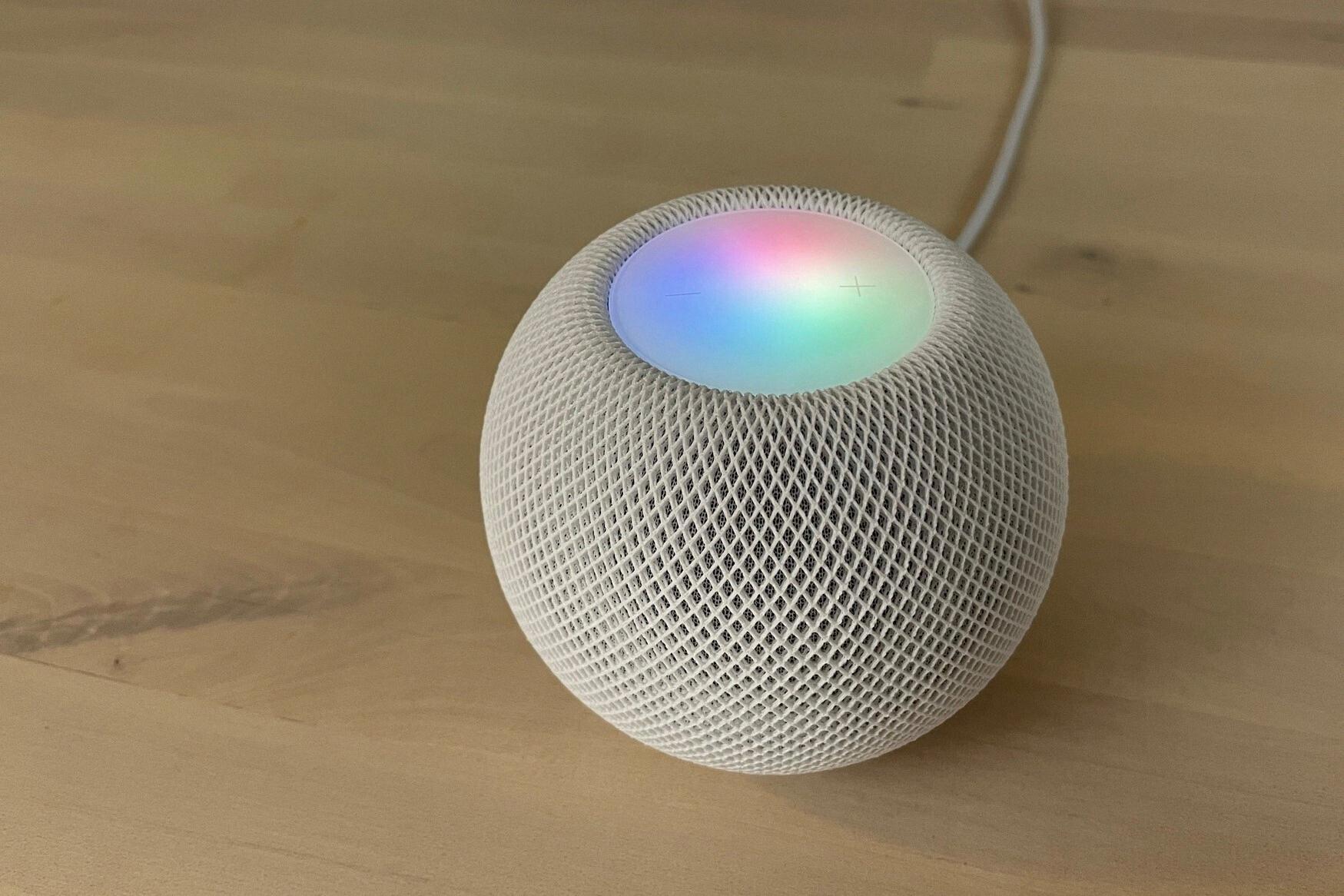
Source: macworld.com
Can HomePod Operate Without Wi-Fi?
Yes, HomePod can work without Wi-Fi. It can be used as a Bluetooth speaker with your iPhone or another Bluetooth device. To do this, make sure that Bluetooth is enabled on the device you want to use, and then hold the top of the HomePod until you hear a chime and a white light appears. Then, select HomePod in the list of available devices on your device and you will be connected. You can then play music from your device directly through the HomePod speaker.
Troubleshooting Apple HomePod Setup Issues
There could be a few reasons why you can’t set up your Apple HomePod. First, make sure that your iPhone, iPad, or iPod touch is updated to the latest version of iOS or iPadOS. Additionally, check that the Music app and Home app are installed on the device that you’re using to set up the HomePod mini or HomePod. If either of these is not true, then you won’t be able to set up your HomePod.
Another reason may be due to the Wi-Fi connection. Make sure that the Wi-Fi network you are trying to connect to is 2.4 GHz and not 5GHz, as HomePods only support 2.4GHz networks. Also make sure that your router is configured properly with no firewall restrictions blocking the setup process, as this will also prevent a successful setup.
Finally, if none of these steps solve the issue, it’s possible there could be an issue with the speaker itself and it may need to be replaced or serviced by Apple Support.
Resetting and Pairing HomePod
To reset and pair HomePod, you’ll need to use the Home app on your iPhone, iPad, or Mac. First, make sure you’re signed in with the Apple ID that you used to set up HomePod. Then open the Home app and select HomePod. From there, select the Settings icon or scroll down to HomePod settings and select Reset HomePod. Finally, select Reset and follow the onscreen instructions. Once the reset is complete, you can begin pairing your device with your HomePod.
Connecting a Home Phone to HomePod
To connect your home phone to HomePod, you will need an audio adapter. This adapter usually referred to as an ATA (Analog Telephone Adapter), will allow you to plug your home phone into HomePod by connecting it via an Ethernet cable or a 3.5 mm audio jack. Once the ATA is connected, you can use your iPhone to open the Home app and add the ATA as an accessory. You will then be able to use HomePod as a speakerphone for your home phone.
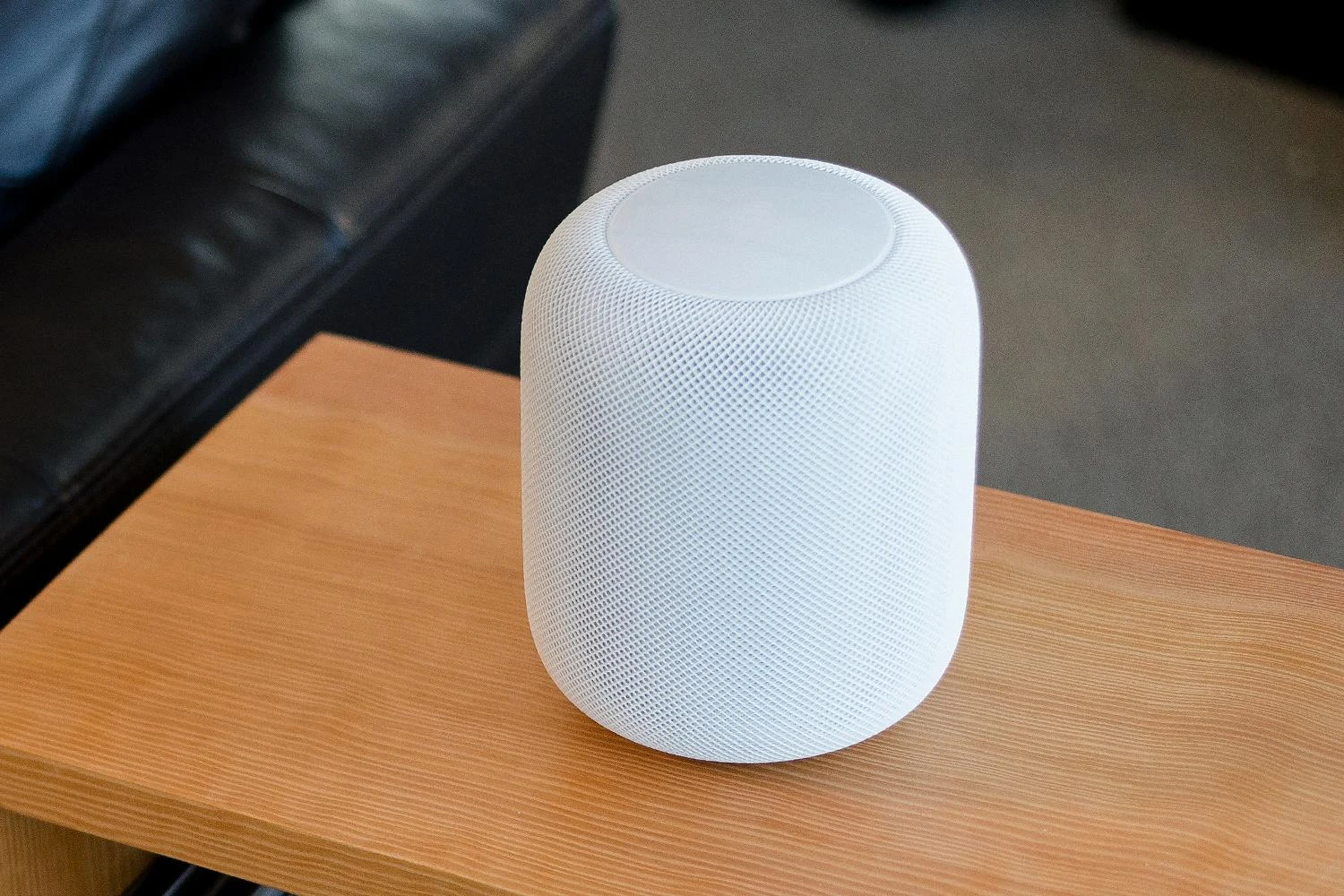
Source: digitaltrends.com
Conclusion
In conclusion, HomePod is a great addition to any home, providing high-quality sound and an intuitive user experience. It’s easy to set up and can be connected to your iPhone or iPad for wireless audio streaming. The HomePod Mini is a great option for those looking for a smaller and less expensive version of the HomePod that still offers all the same features. With its advanced audio technology and voice control capabilities, HomePod is sure to become an essential part of any Apple user’s home setup.

